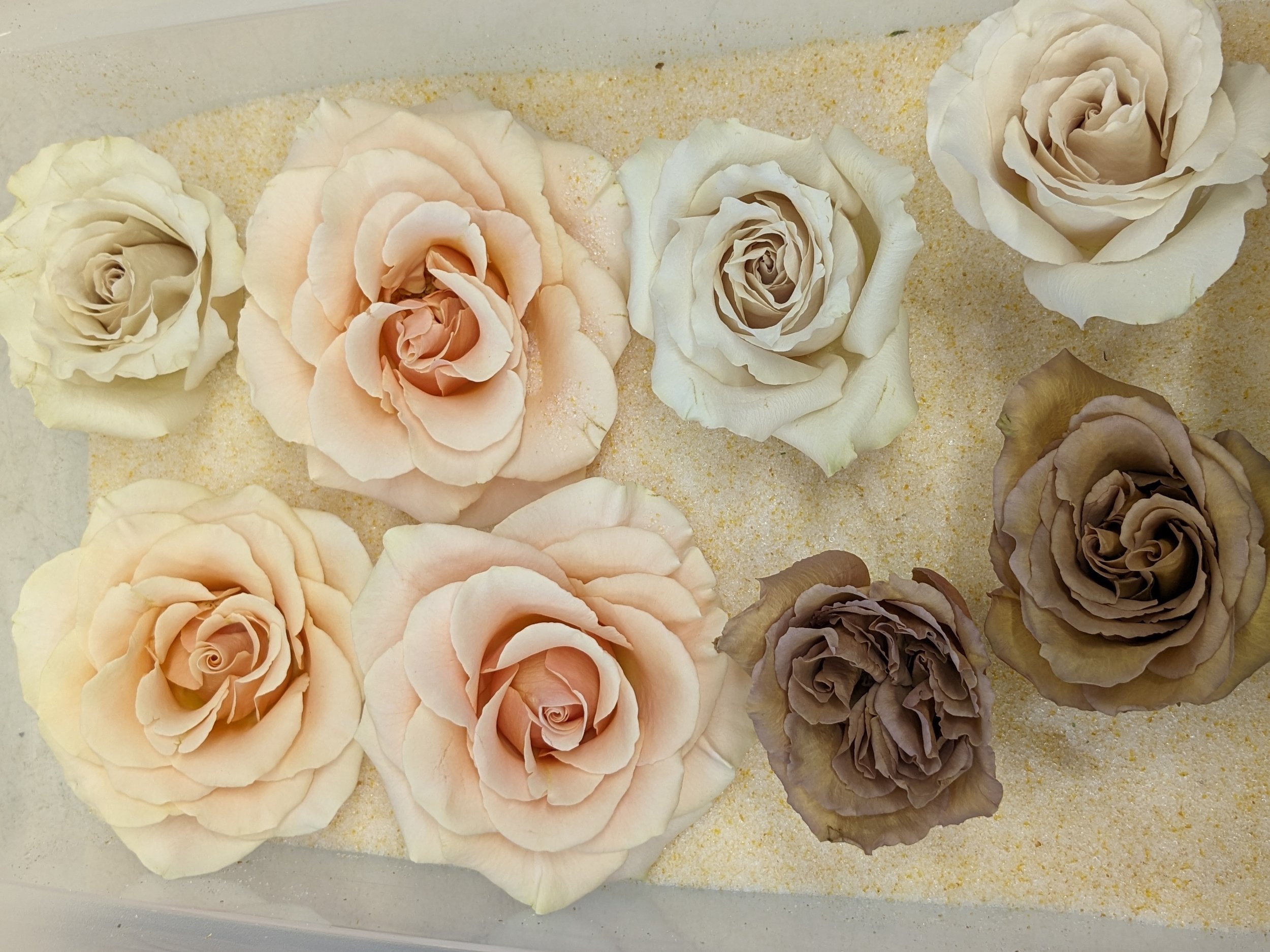Types of Flower Preservation: Exploring Techniques
Flowers, with their beauty and delicate fragility, carry profound meanings for many of us. They might commemorate the joy of a wedding day, the solemnity of a funeral, or simply the appreciation of nature's fleeting wonders. Recognizing the desire to hold onto these moments a little longer, flower preservation has become a cherished practice. However, not all preservation methods are created equal.
The Traditional Approach: Air Drying
The image of flowers hanging upside down, drying in the air, is perhaps the most iconic and widely known method of drying flowers. It's simple, cost-effective, and doesn’t require any specialized equipment. Yet, while air drying is accessible, it tends to be the least favorable option for those wishing to retain the vibrant beauty of their blooms. As the flowers dry, they inevitably lose much of their color and volume, often resulting in a faded, shriveled appearance. This method might preserve the form, but it captures only a shadow of the flower's original glory.
The Creative Solution: Silica Gel
A step up from the traditional air drying, using silica sand (or silica gel) offers a better balance between simplicity and beauty preservation. The silica gel method involves burying flowers in a granular substance that effectively draws out moisture while minimally impacting the flower's shape and some of its colors. While some color and textural changes are inevitable, silica gel does a commendable job of maintaining the flower's integrity compared to air drying. Moreover, it opens the door to creative endeavors—for instance, it allows professionals to undertake color correction before encapsulating the flowers in resin, creating stunning pieces that closely mimic the flower's natural state.
The Pinnacle of Preservation: Freeze Drying
Freeze drying represents the zenith of flower preservation techniques, cherished for its ability to keep flowers looking wonderfully close to how they were on the day they were fresh. This intricate process involves placing the blooms in a freeze dryer, where they undergo a carefully controlled sequence of temperature changes—from a chilly -50 degrees all the way up to 70 degrees Fahrenheit. This painstaking three-week journey ensures that the flowers experience minimal shrinkage, and most of their vibrant colors are splendidly retained. However, it’s worth noting that freeze drying is a highly specialized art; in the United States, only a handful of professionals possess the equipment and expertise necessary to offer this service. For those seeking to preserve their flowers with almost no compromise on their natural beauty, freeze-dried flowers are unparalleled.
In Conclusion
Choosing the right flower preservation method depends on a variety of factors, including the sentimental value of the flowers, the desired outcome, and budget considerations. Whether it’s the simple charm of air-dried blooms, the creative potential with silica gel, or the near-perfect preservation achieved through freeze-drying, each method offers a unique way to hold onto precious memories.
For brides wanting to keep a piece of their bouquet, families wishing to honor the memory of a loved one, or anyone hoping to capture a moment in time, understanding these techniques empowers you to make the best choice for your preservation needs. It’s a beautiful way to ensure that those special moments remain tangible, reminding us of the times we cherish most.




